On the surface, running a business nowadays seems like it’s easier than ever before. Every repetitive task that you can think of can be automated. Whether it’s automatically vetting new job candidates or scheduling your social media calendar, you can automate so much that the only limit is your imagination. Including customer experience.
Is customer experience automation a good idea?
After all, customers are the lifeblood of a business and you should tread carefully. Automating some parts of customer experience process can save time, but focusing too much on customer experience automation can dehumanize interactions and fail your customer needs.
This blog post will carefully go through customer experience automation to help you understand: What it is and when (not) to use it.
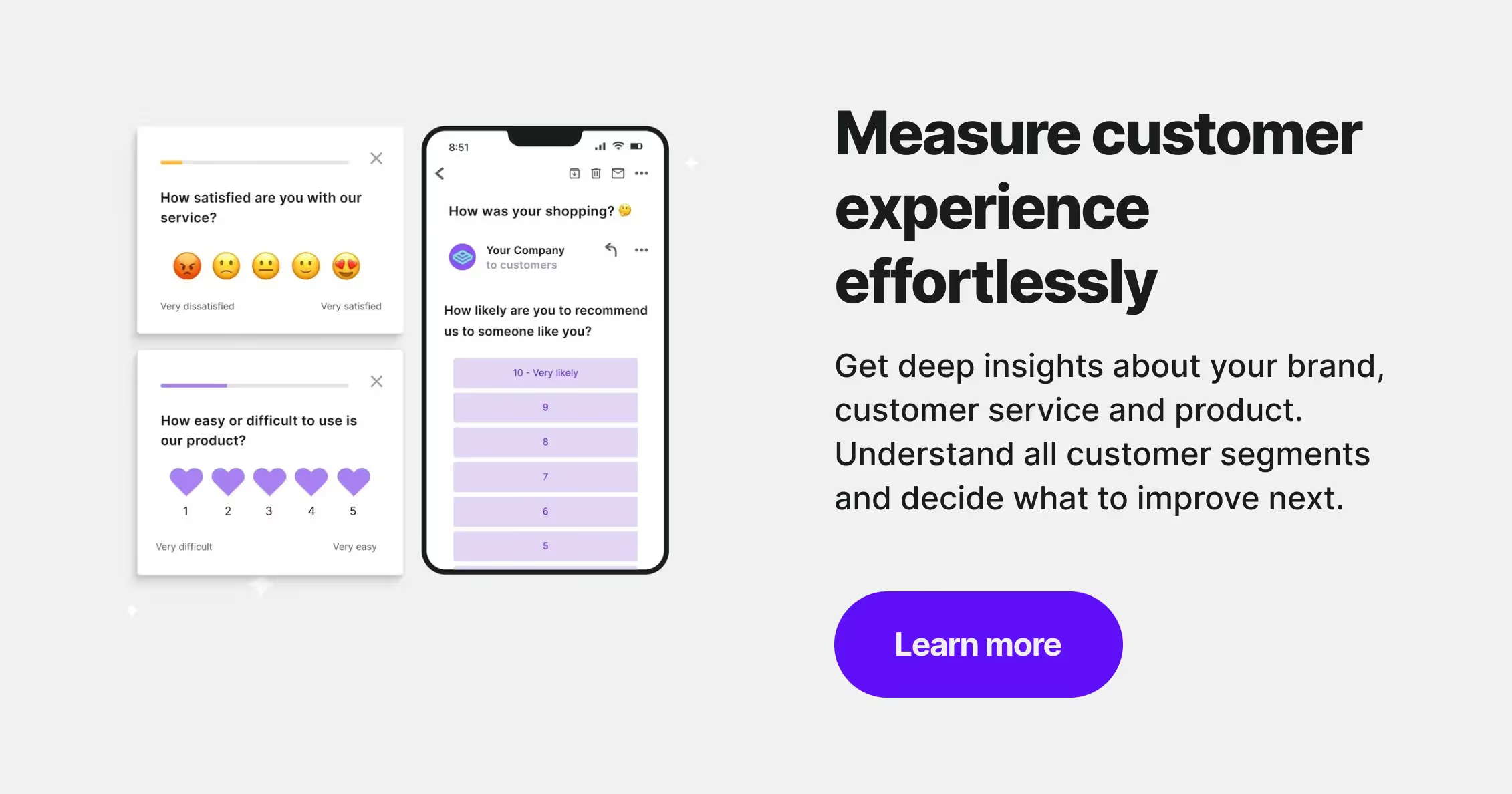
What is customer experience automation (CXA)?
Customer experience automation (CXA) is the process of creating automations to assist your customers with everyday tasks, with the aim of improving their experience and overall customer engagement. At the same time, you (should) collect better customer data, save time and money for your business, all while improving customer engagement and providing a better customer experience.
Customer experience automation aims to help product teams, marketing teams, and customer support with an AI counterpart or a combination of software tools.
The difference between good and great businesses is in what they automate about the customer experience and how.

Top customer experience automation dos and don’ts
CX automation can be a blessing or a curse for your customer journey. Since dealing with customers can get tricky, you have to be careful what you automate and what is best left for your customer support team.
If you have a small company, you may be tempted to automated as many interactions as possible to make up for the lack of people in your customer support team. On the other hand, if you have a bigger company, you may want to automate as much as possible to eliminate time consuming tasks from your CX workflow.
The temptations are many and there is plenty that you can lose if you automate the wrong things. Here are best bits of advice on what to use and which customer experience trends to avoid.
Customer experience automation DOs
Collect feedback automatically across communication channels
When researching a purchase, 70% of customers use three or more channels. No one just lands on your website out of the blue and heads straight for checkout. Instead, they probably visit your blog, Instagram profile, your Google reviews, your live chat or email inbox first before sealing the deal in your online or retail store.
Collecting feedback on just one channel can seem extremely daunting, let alone multiple channels and an entire customer experience strategy. However, tools like Survicate make it easy to get feedback from your customers no matter where they are, automatically - so your CX strategy runs on autopilot. Note that a multichannel customer experience strategy is different from an omnichannel customer experience strategy.
These customer experience channels include:
- Live chat (such as Intercom)
- Your website
- Social media
- Your mobile app
- And many others
When you collect and manage feedback and customer data manually, the collecting is just a start. The harder part is managing and storing it one place, but Survicate facilitates this part of the job too. All the feedback you collect from various platforms gets automatically stored in a single Insights Hub.
And if you use CRM tools such as Hubspot, the feedback and customer information that you get can be immediately added to your customer’s profile in the CRM system. Just as automated outbound calls, this too makes it even easier for your customer support and sales reps to provide outstanding service.
Once you have a wealth of feedback from your loyal customers, you don’t want to just leave it there, sitting. You want to do this…
Close the feedback loop with automated responses to customer queries
One of the absolute best ways to improve your customer experience automation efforts is to automate what happens once the customer provides feedback. When 90% of customers today use customer feedback as a basis of whether to do business with a company or not, listening and showing that you’re doing so can make a major impact.
Survicate helps you do just that. Thanks to a variety of different surveys we offer, you can quickly identify your customers’ feelings towards your product, service or overall company. Within minutes, you can group your customers into promoters, detractors and passives with an NPS survey, for example.
But you can take it one step further with automated workflows and native Survicate integrations. For example, if someone leaves a bad score on an NPS review - you can get notified on Slack immediately so your customer support team can investigate.
Alternatively, you can set truly automatic workflows such as those in Hubspot. For every negative review from a survey, you can start a Hubspot workflow with that contact, sending the customer a chain of emails, asking how to improve their automated customer experience.
To make CX automation your true friend, try exploring some of the many integrations Survicate has to offer so that you actually react to the feedback you get from your customers instead of piling up data.
Collect more data by leveraging your CRM and BI tools for customer experience automation
Remember the Hubspot integration from above? If you don’t use Hubspot specifically, you may use some other sort of CRM. And when you collect customer feedback, it’s going to waste unless it’s tied to a customer profile in your CRM.
Luckily, you don’t have to worry about this anymore. Survicate integrates with your favorite CRMs (natively or through Zapier) so that every time a new piece of feedback comes in, it’s automatically added to your CRM, where you can take further actions and create an entire customer journey map.
For example, you have a CSAT survey on your website where a customer states that they are very satisfied with your product and give you a 10. This bit of data immediately goes to Hubspot and is added to their contact profile. The next time you want to think of people to ask for product reviews, just email this specific segment in Hubspot. And just like that, you have your customer journey mapped out.
Customer experience automation DON’Ts
Use AI and chatbots at the expense of personalization
We’re a huge proponent of AI and customer experience automation as it can free up significant time so your team can work on more important customer experience problems. The problem with artificial intelligence is that most people use it as a synonym for chatbots in their business processes. And for the most part, chatbots are not the silver bullet that they claim to be.
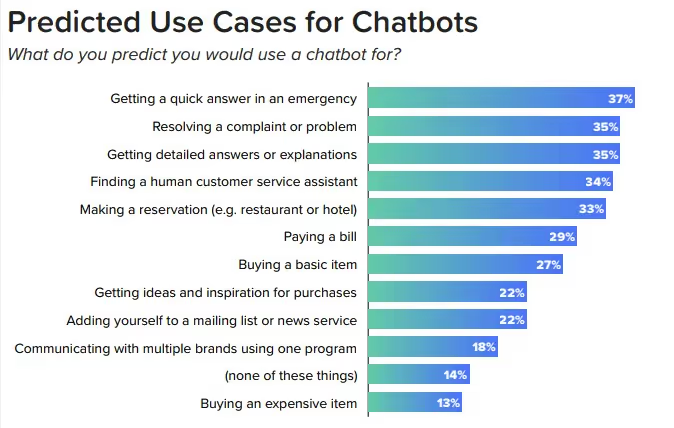
According to research, the average chatbot is about 28% effective at resolving customer problems. Most people in the United States are not fans of chatbots and 40% of them resort to other means of personalized communications if they have a choice.
And that choice is pretty clear. For millennials and most audiences today, live chat is the preferred option for the best customer experience. While a bot can get the conversation started, it is helpless when trying to solve anything more complex than looking up a simple order or following a script.
Here are some stats on the value of live chat for businesses and customer experience:
- It has the second highest customer satisfaction score at 85% (with only the phone being superior with 91%)
- 51% of customers are more likely to stay with a company if they offer the option of live chat
- 29% of customers get annoyed by the robotic and impersonal responses they get in live chat conversations
The solution to this conundrum is simple. Start the conversation off with a chatbot to quickly find out if the problem can be solved using bots. If not, quickly transition to live chat as the next best technology for self service and a personalized customer experience.
Neglect the need for real-time customer support
The reason why both business owners and customers love chatbots is the same. In fact, 64% of customers state that the best feature of chatbots is 24-hour support. For eCommerce companies and SaaS businesses selling to a global audience, having customer support reps working around the clock is the right thing for customer experience but is often too expensive.
A chatbot is a neat way to bridge the gap. It allows you to have “someone” who’s answering questions 24/7, making sure customers are happy and that you don’t miss any new potential sales. When someone does get to the office (or their device), they can send a response to the customer.
Problems arise when you rely on chatbots too much. As it turns out, chatbots are just fine, while the preference is still with live chat. In fact, 63% of Millennials prefer live chat over all other forms of customer service.
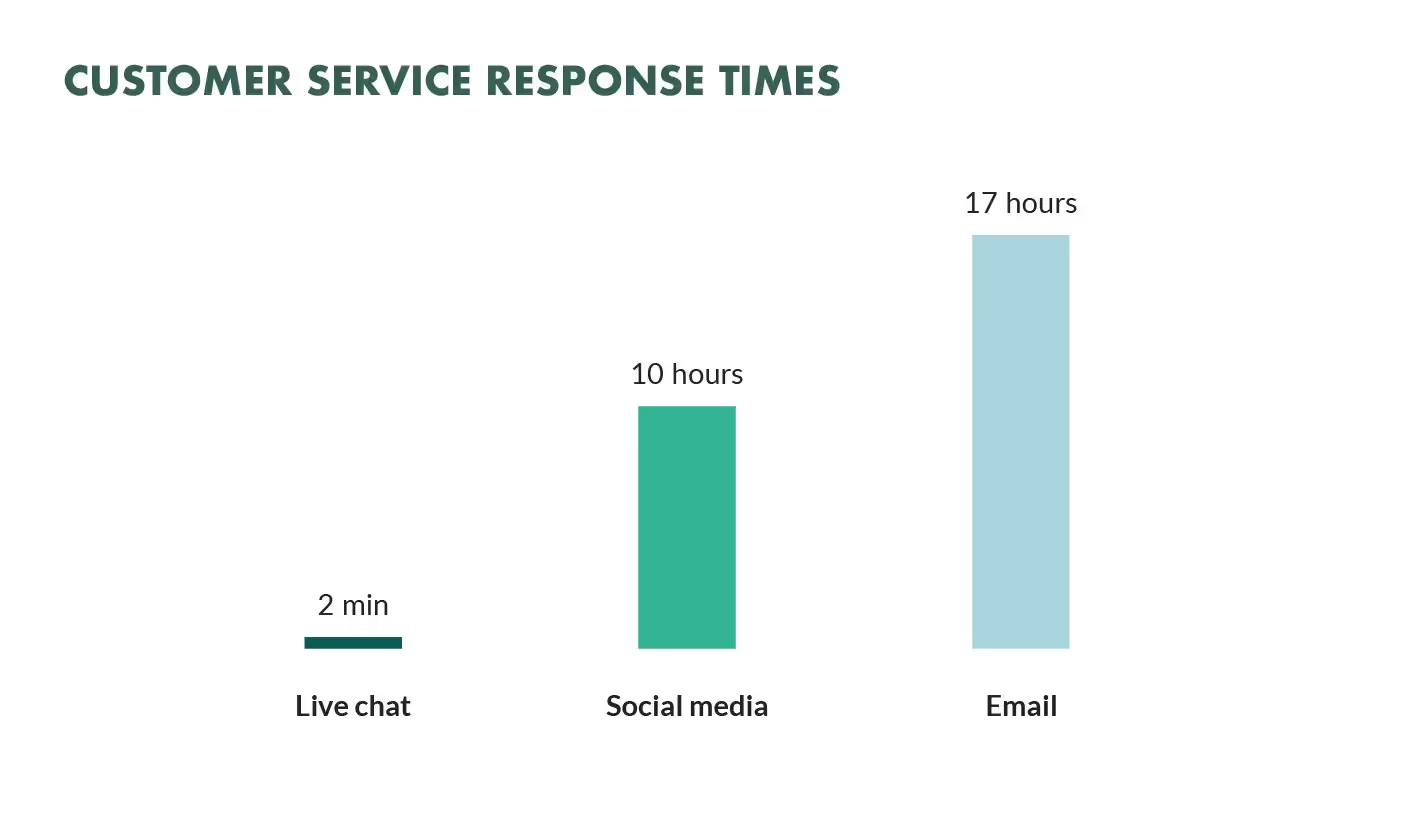
And if you want to offer a stellar customer experience with live chat, you better be quick. Statistics show that customers on average with for 2 minutes and 40 seconds for a response, either from chatbot or live chat.
Stop measuring campaign effectiveness
Most business owners know that customer experience is worth the investment in time and money. However, mistakes happen when they consider that setting up automation is all it takes to get the job done. While good results start coming in from your customers, you should not rest on your laurels and consider your customer experience job to be completely done.
Instead, write down your benchmarks for common customer experience metrics and continually keep your finger on the pulse. Is your NPS score going up or down? What about your CSAT score?
If you’re testing one aspect of your website with a Customer Effort Score and the CES is good, what other crucial part of the funnel are you going to run a survey for?
Your customers interact with your product and move through your sales funnel in a myriad of different ways. The moment you stop measuring your CX initiatives’ success, a new variable shows up and leads to inevitable churn - which you can prevent in your new marketing campaigns.
Or, in one sentence - never stop measuring if you want to deliver a great customer experience, have reduced churn, and engage customers with the use of intelligent automation.
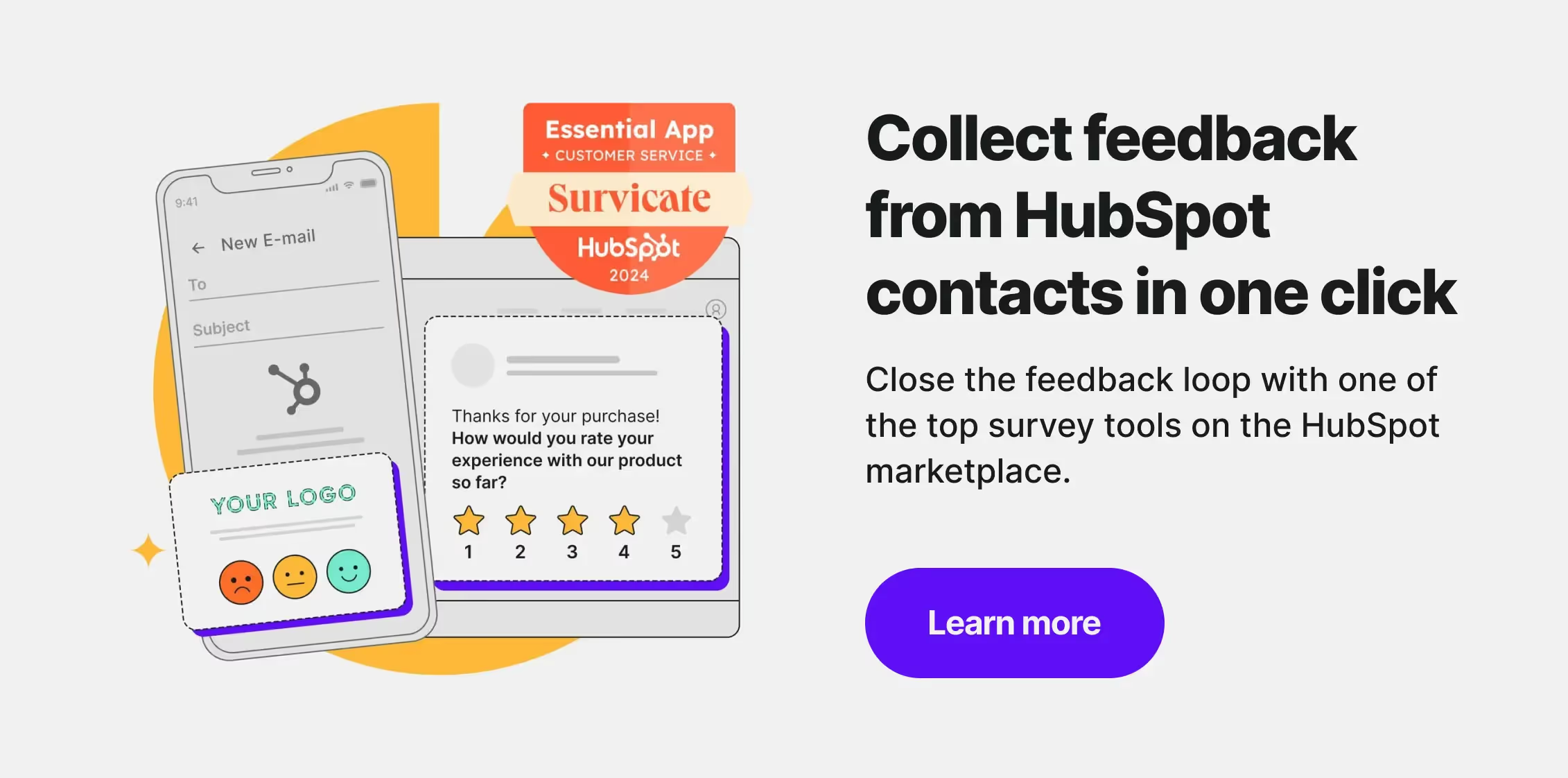
Automate feedback collection with Survicate
Automation definitely has a time and place in customer experience in 2022 and beyond. What separates good companies from bad ones is knowing what to automate and what to delegate to customer support and customer service. And if you’re wondering where to start, you’re in a great place. Sign up Survicate's 10-day free trial so you can automate the way you collect and manage customer feedback - and spend more time delighting your customers.








.webp)
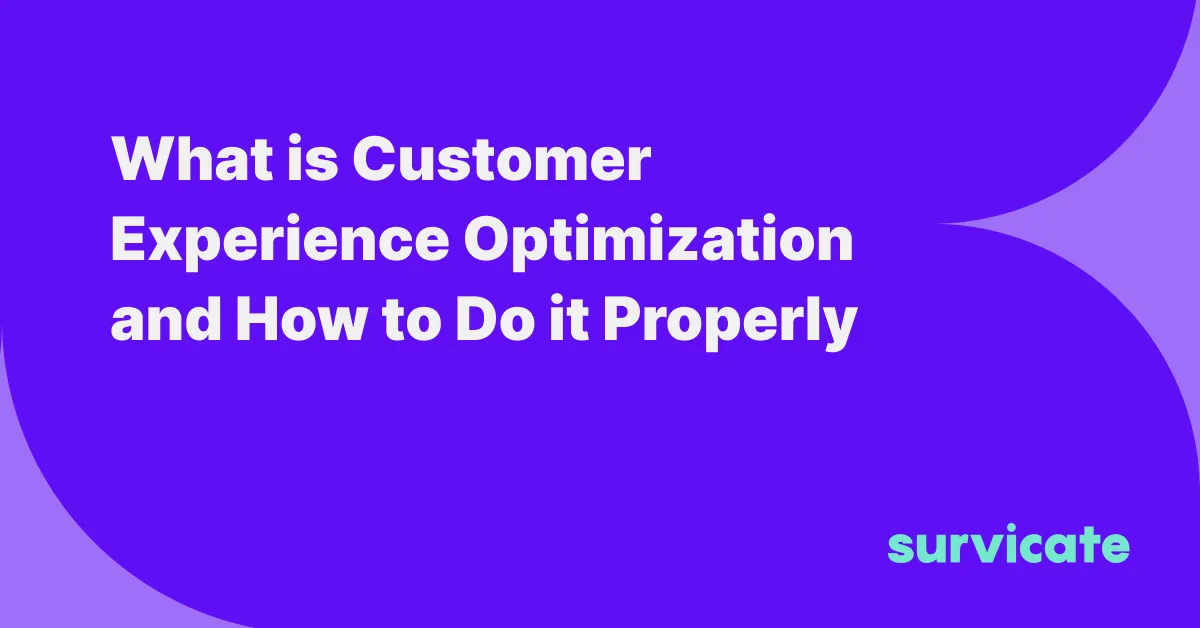

.webp)

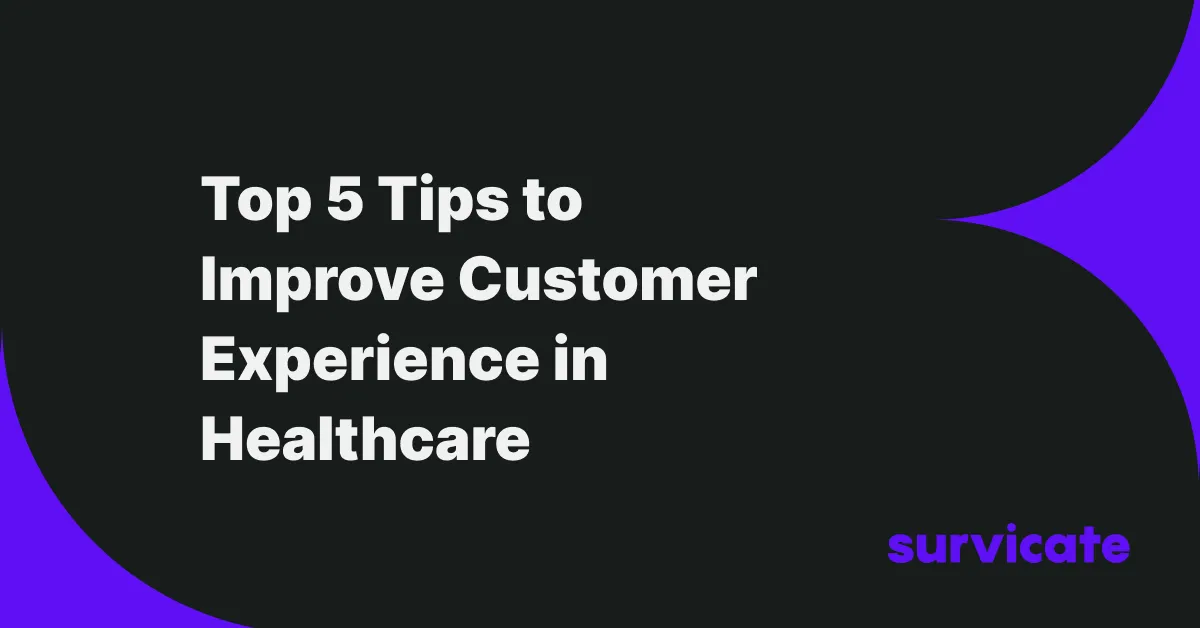
.svg)

.svg)



